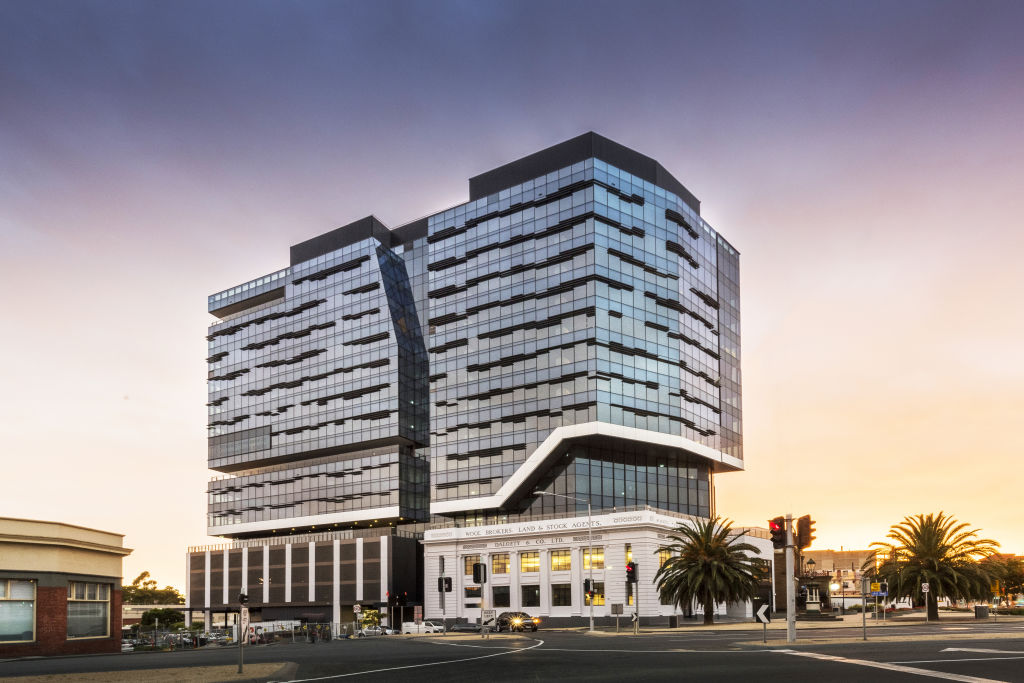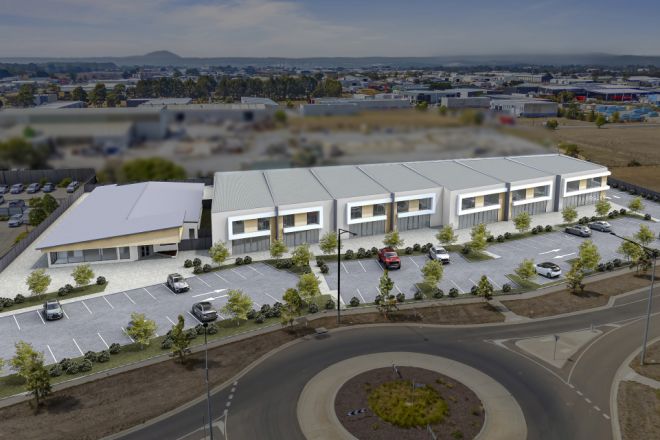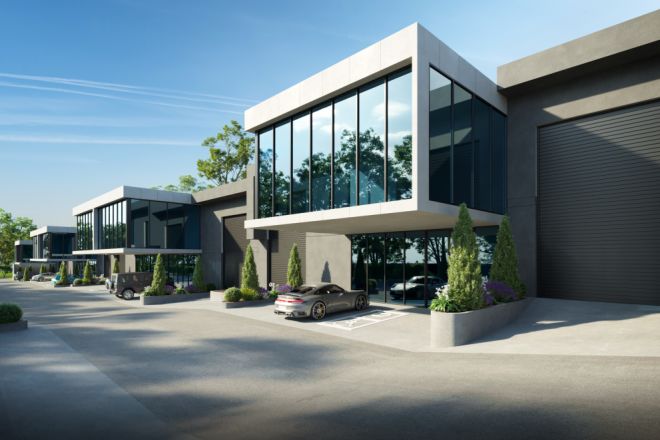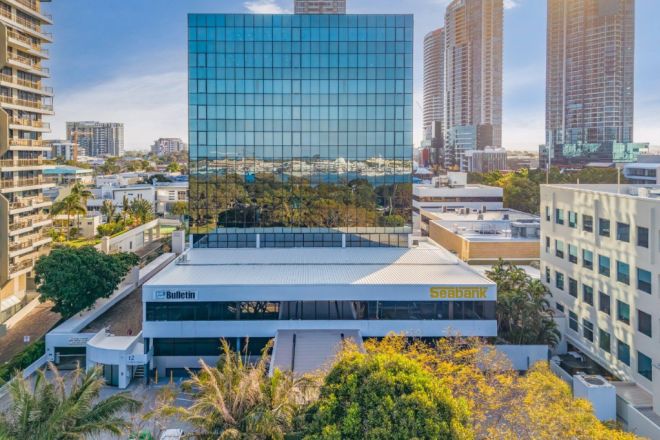
How regional office hubs are reshaping commercial property demand
When Belgian software firm Odoo expanded to Australia, it broke from capital-city convention.
Instead of setting up shop in Sydney or Melbourne, the company established its Australian headquarters on the Gold Coast.
“To us, the Gold Coast seemed like an interesting city to have a great balance between lifestyle and a career path,” says Kelian Buitendijk, director of Odoo Australia.
“We also realised that retention is quite good in regional areas, because you’re working with local people who genuinely enjoy working where they’re originally from.”
Odoo’s decision isn’t an isolated one. While Australia remains heavily centralised – Australian Bureau of Statistics (ABS) data shows that nearly 73 per cent of the population lives in capital cities – many businesses are moving away from Sydney and Melbourne towards regional hubs, such as the Gold Coast, the Sunshine Coast, Geelong, Ballarat, Newcastle, and Wollongong.
The shift reflects an overall decentralisation trend spanning people, private enterprise and public services. According to the ABS, regional Australia added more than 113,000 new residents in 2023-24 (the strongest growth since the pandemic), while Sydney and Melbourne lost people to internal migration.
South East Queensland led the charge, attracting the bulk of new arrivals. It’s also the fastest-growing region for tech jobs, says the Queensland government. Besides Odoo, British AI firm AutogenAI and med-tech innovator BiVACOR have established their Australian offices on the Gold Coast, while ASX-listed gaming company Playside Studios expanded to the area from Melbourne in 2022.
This regional momentum is reflected in the public sector, as governments strive to alleviate pressure on major cities and establish more resilient regions – notably in Victoria, where the state government has relocated several offices to Geelong and Ballarat.
“Lower occupancy costs, population shifts and hybrid work are all major drivers of this change,” says Richie Ragel, co-founder of buyers’ agency Milk Chocolate Property.
“Improved transport links, better digital infrastructure and targeted government incentives have really strengthened the viability of regional centres like the Gold Coast, Geelong and Wollongong, and for a lot of companies, that makes it easier to operate effectively outside big cities.”
Some large corporates, like Accenture, are treating regional areas as strategic hubs that complement their metropolitan offices. Already operating in all of Australia’s capital cities, the consulting firm expanded to Ballarat in May this year.
“Our clients across both the private and public sectors are increasingly asking for some aspects of their technology and operations to be delivered onshore, right here in Australia,” says Matt Coates, technology lead at Accenture Australia and NZ. “A regional centre like Ballarat gives us access to a new talent pool in a vibrant, growing hub.”
For property developer Quintessential, which now has three office buildings in Geelong, the move was a logical next step.
“We saw an opportunity to invest in Geelong when WorkSafe Victoria announced its relocation. At the time, Geelong was emerging as Victoria’s second CBD, but quality commercial office space was limited,” says Noah Warren, chief operating officer at Quintessential.
“Other developers were focusing on major city CBDs and fringe precincts, which gave us a first-mover advantage on a key gateway location and helped kickstart the next phase of Geelong’s growth.”
Since Quintessential’s first project nearly 10 years ago, the city has evolved into a burgeoning business hub. Geelong now has a $400 million pipeline of office projects and a growing tenant mix that includes major finance and insurance companies, which were once confined to Melbourne.
“A decade ago, it would have been very surprising for nationally significant firms like KPMG to establish regional headquarters in Geelong, but that’s now changing,” Warren adds.
The wave of new business investment has had a wider impact on the cities themselves and is reshaping local economies.
The City of Greater Geelong is rolling out a comprehensive CBD revitalisation strategy, which includes streetscape upgrades, new mixed-use precincts and waterfront improvements. The Gold Coast is a hotspot for mixed-use developments that combine office, residential, and retail spaces, and Newcastle is following suit with the adaptive reuse of heritage buildings.
“We’re seeing more people working locally, which naturally boosts weekday foot traffic and retail spending,” Ragel says. “In some regional markets, it’s also more common for staff to be in the office most days – the shorter commute makes that a lot more practical.”
Investors are taking note. Ragel says several clients are investing in commuter-belt regional markets, as they typically offer higher yields and more affordable entry points.
According to Milk Chocolate Property research, some regional office yields range from 6 to 8 per cent, outperforming major CBDs by up to three percentage points. Other reports indicate that commercial property yields can reach 9 per cent in regional areas, significantly above metropolitan averages.
“Investors like that they can get stronger income returns and come in early on precinct regeneration cycles – that combination of growth and stability in a few markets is pretty attractive right now,” Ragel says.
“Vacancy rates are also staying low in some quality mixed-use precincts, because there’s limited new supply and steady demand.”
CBRE reports that the vacancy rate for premium office spaces on the Gold Coast is just 2 per cent. This is compared to the Property Council of Australia’s recent finding that the national vacancy rate is sitting at 14.3 per cent – a figure driven mainly by capital cities.
Ragel believes the regional push is unlikely to pass, especially in markets within commuting distance of major metropolitan hubs.
“We don’t see this as a short-term trend,” says Ragel. “The major CBDs will always be prestige locations, but some regional centres are becoming strategic, high-performing ecosystems in their own right.”
Coates agrees: “Ballarat’s success is a signal – it tells us that regional cities are ready. Ready to innovate, ready to grow and ready to lead. When we invest in these communities, we unlock potential that’s been overlooked for too long.”














